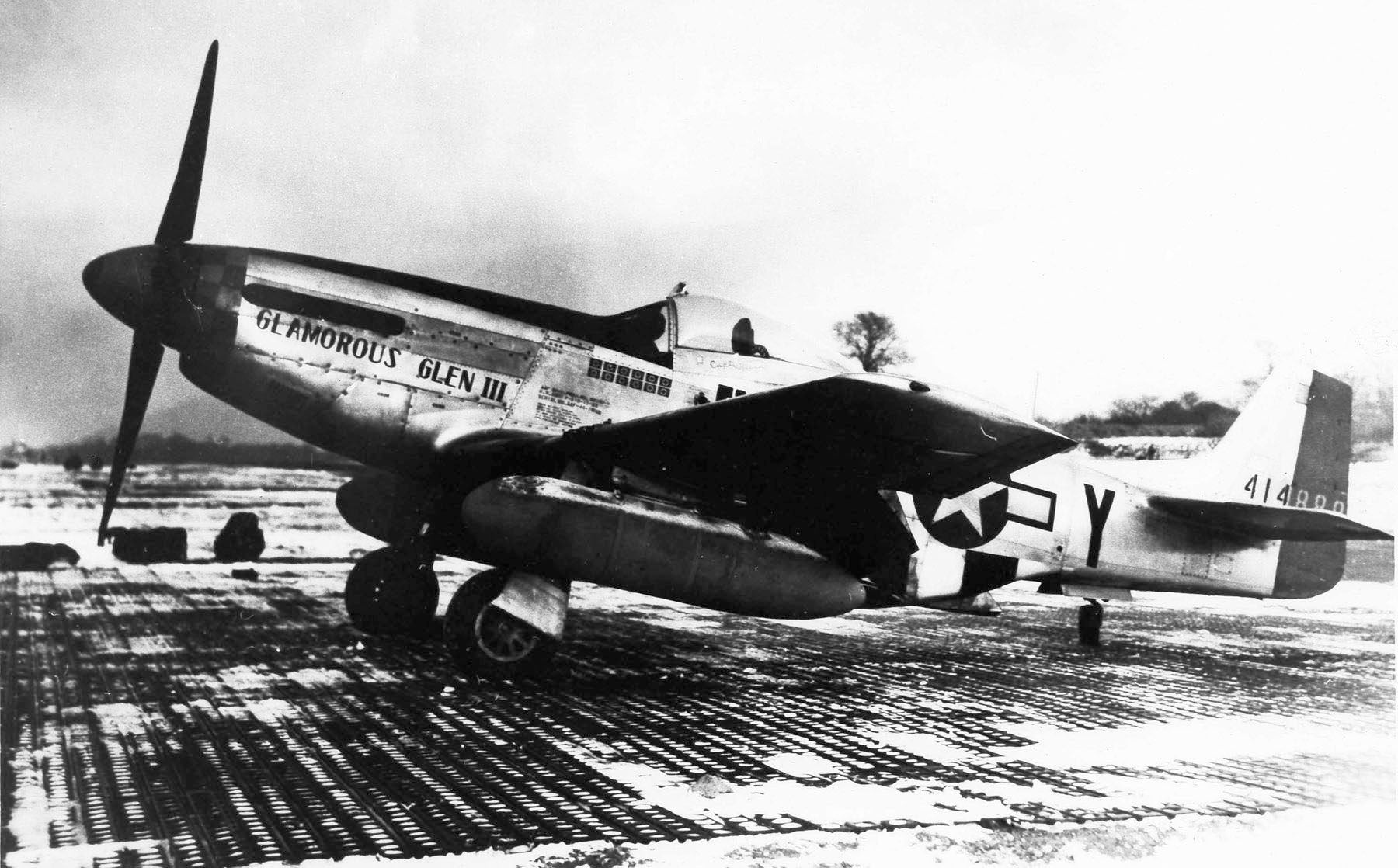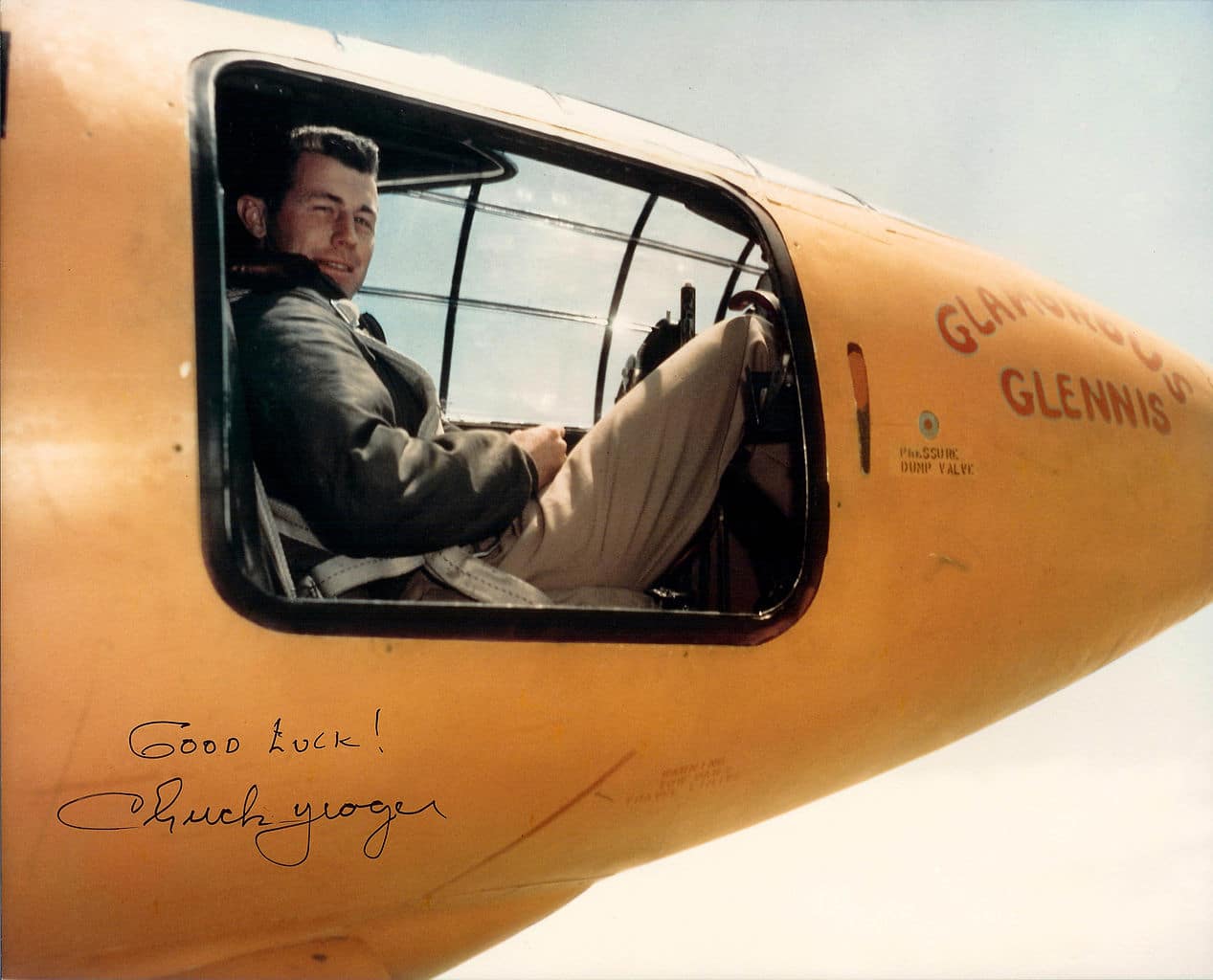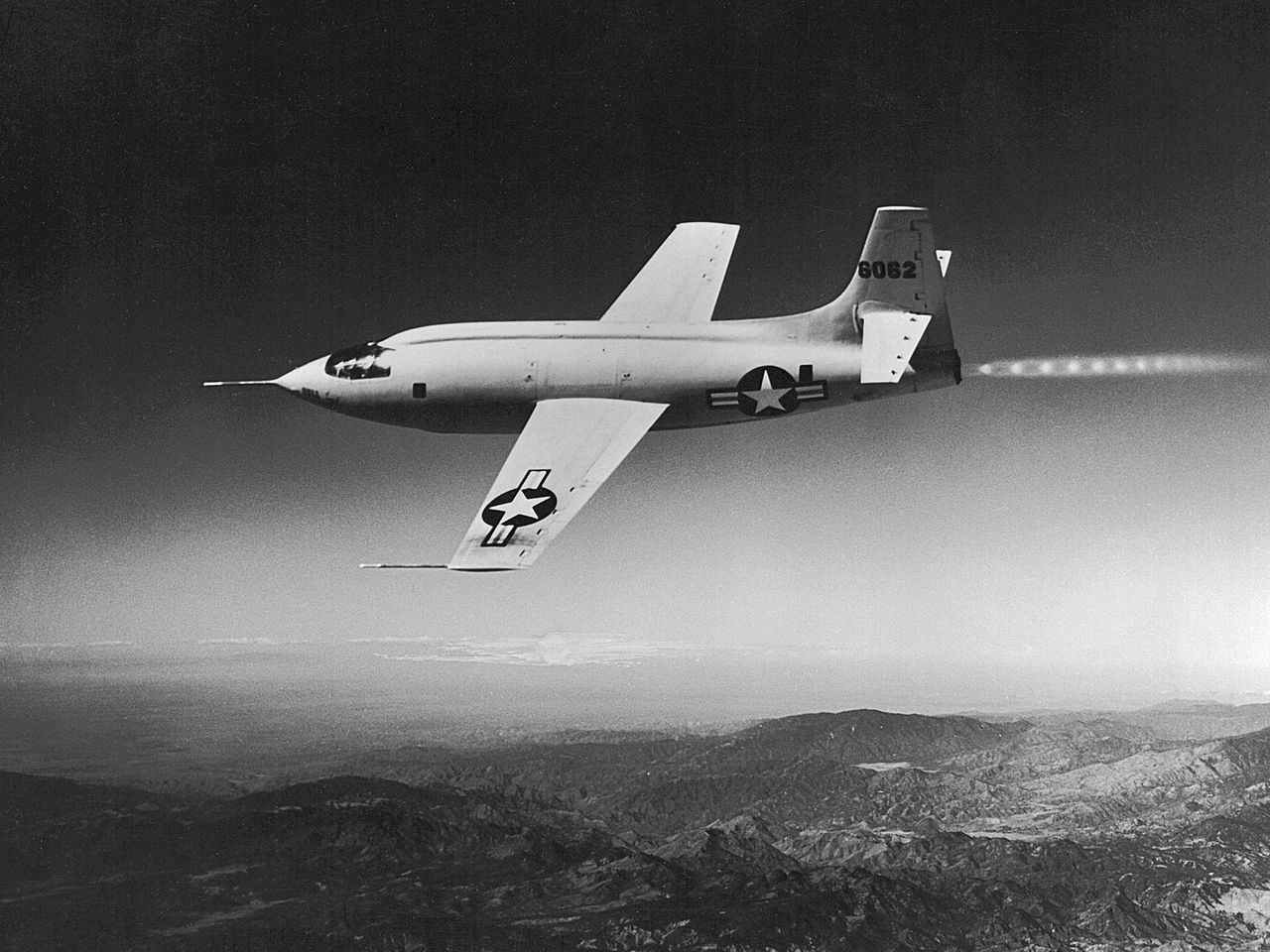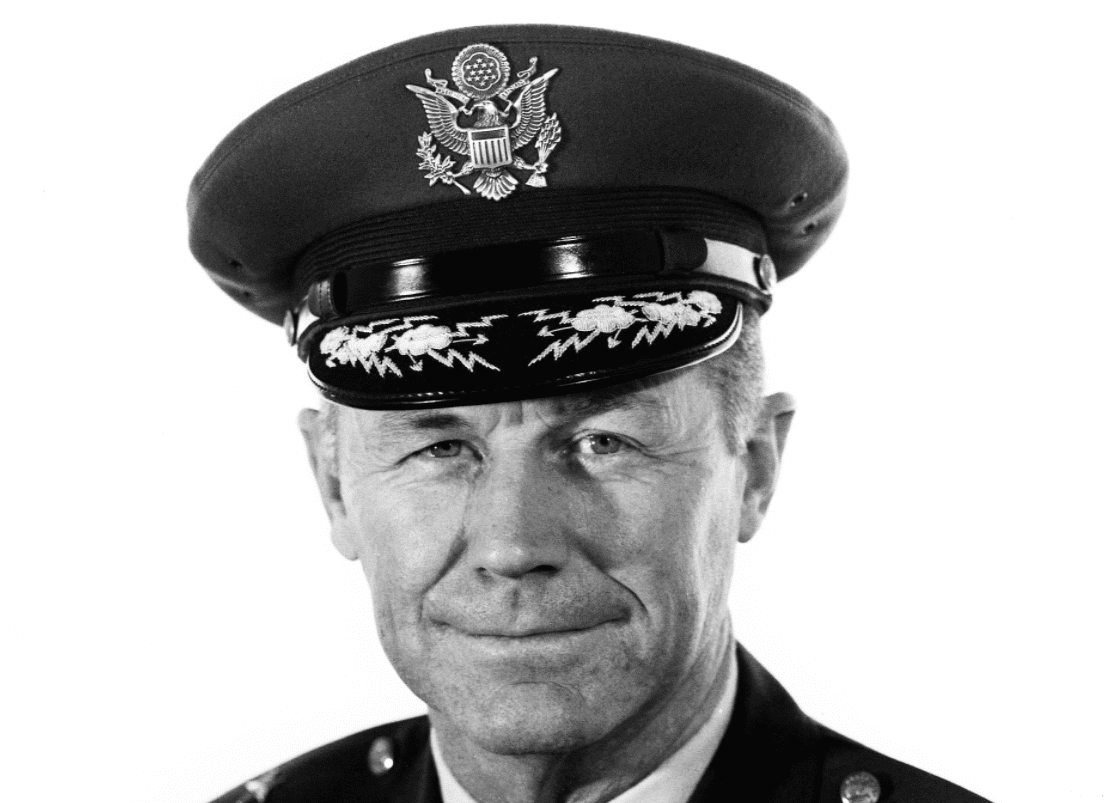Retired U.S. Air Force Brig. Gen. Chuck Yeager, a distinguished combat fighter pilot in World War II and the first pilot to break the sound barrier, died on Monday night at 97 years old.
His wife, Victoria Yeager, shared the news in a statement on his official Twitter account on Monday night. She tweeted, “Fr @VictoriaYeage11 It is w/ profound sorrow, I must tell you that my life love General Chuck Yeager passed just before 9pm ET. An incredible life well lived, America’s greatest Pilot, & a legacy of strength, adventure, & patriotism will be remembered forever.”
Fr @VictoriaYeage11 It is w/ profound sorrow, I must tell you that my life love General Chuck Yeager passed just before 9pm ET. An incredible life well lived, America’s greatest Pilot, & a legacy of strength, adventure, & patriotism will be remembered forever.
— Chuck Yeager (@GenChuckYeager) December 8, 2020
Reacting to the news of his death, the U.S. Air Force tweeted, “World War II ace. Aviation pioneer. A giant within the Air Force. Join us in celebrating the extraordinary life and mourning the loss of Brig. Gen. Chuck Yeager. May he rest in peace and his legacy live on forever.”
World War II ace. Aviation pioneer. A giant within the Air Force.
Join us in celebrating the extraordinary life and mourning the loss of Brig. Gen. Chuck Yeager. May he rest in peace and his legacy live on forever. pic.twitter.com/gJ0113M5ge
— U.S. Air Force (@usairforce) December 8, 2020
Yeager was born in 1923, in Myra, West Virginia. According to his Air Force service biography, he enlisted in the Army Air Corps in September 1941 and received his pilot wings in March 1943 at Luke Field, Arizona. Yeager went on to during World War II and became an air combat ace flying the P-51 Mustang in the fighting over France and Germany between 1943 and 1945. Yeager shot down 13 enemy aircraft, with five in one mission, including one of Germany’s first jet fighters, a Messerschmitt Me 262.

“Glamorous Glen III,” Chuck Yeager’s P-51D during World War II. (U.S. Air Force photo)
Yeager was shot down over German-occupied France on March 5, 1944, but he was able to escape with the help of French Maquis resistance fighters who snuck him over the border to Spain, enabling him to return to aerial service.
He returned to the U.S. in February of 1945 to begin instructor pilot training. In July 1945 Yeager was assigned to Wright Field, Ohio, where he began his first assignment as a test pilot flying experimental aircraft. His work there led to his selection as one of the first pilots to fly the experimental Bell X-1, one of America’s first experimental research rocket aircraft.

Chuck Yeager sitting in Bell X-1 cockpit. (Jack Ridley, U.S. Air Force photo/Released)
Yeager flew the experimental X-1 aircraft from December 1949 to September 1954 and on Oct. 14, 1947, he became the first man to fly faster than the speed of sound. Yeager set additional records during his assignment as an experimental pilot, became the first man to fly more than twice the speed of sound in level flight, flying the Bell X-lA on Dec. 12, 1953.
In October 1954, he returned to Europe and went on to become the commander of the 417th Fighter Squadron at Hahn Air Base, Germany in 1955. He commanded other fighter wings throughout his Air Force career, including the 413th Fighter Wing, the 1st Tactical Fighter Squadron, the 306th Tactical Fighter Squadron, the 405th Fighter Wing and the 4th Tactical Fighter Wing.

The #46-062 Bell X-1 rocket-powered experimental aircraft flown by Chuck Yeager. (NASA photo/Released)
In July 1962, Yeager became commandant of the Aerospace Research Pilot School, in charge of training all military astronauts.
During his later command of the 405th Fighter Wing, which he assumed in July of 1966, Yeager flew 127 missions over South Vietnam.
In July 1969 he became vice commander, Seventeenth Air Force. Yeager promoted to the grade of brigadier general effective Aug. 1, 1969.

Brigadier General Chuck Yeager. (U.S. Air Force photo/Released)
In January 1971 Yeager became the U.S. defense representative to Pakistan. He was transferred to the Air Force Inspection and Safety Center at Norton Air Force Base, California in March of 1973 and became director of the center in June of that year. He retired from service on March 1, 1975.
His military decorations and awards include the Distinguished Service Medal, Silver Star with oak leaf cluster, Legion of Merit with oak leaf cluster, Distinguished Flying Cross with two oak leaf clusters, Bronze Star Medal with “V” device, Air Medal with 10 oak leaf clusters, Air Force Commendation Medal, Purple Heart, Distinguished Unit Citation Emblem with oak leaf cluster and the Air Force Outstanding Unit Award Ribbon, He is a command pilot and has flown more than 10,000 hours in 155 different types of military aircraft.
Yeager also received the MacKay Trophy in 1948, the Collier Trophy in 1948, and the Harmon International Trophy in 1954, among other awards and honors.



